Polestar has announced pricing and specification details of the Polestar 4, which it has billed the "reinvention of the SUV-coupé”.
Revealed last year at the Shanghai motor show, the electric car is due to go into production "towards the middle of 2024", with the first customer deliveries planned for August.
The Swedish firm's fourth model will enter the premium electric SUV segment as rival to the new Porsche Macan EV.
The single-motor, standard-range 4 starts at £59,660, with the dual-motor model commands a £7000 premium.
An optional Performance Pack costs £4000 and adds 22in alloy wheels, bespoke Pirelli tyres and a Polestar Engineered tuned chassis.
In single-motor form, it uses a 102kWh battery pack (94kWh of usable capacity) and produces 268bhp and 253lb ft, for a 0-62mph time of 7.1sec.
Dual-motor cars use the same battery but produce 536bhp and 506lb ft to hit 62mph in 3.8sec.
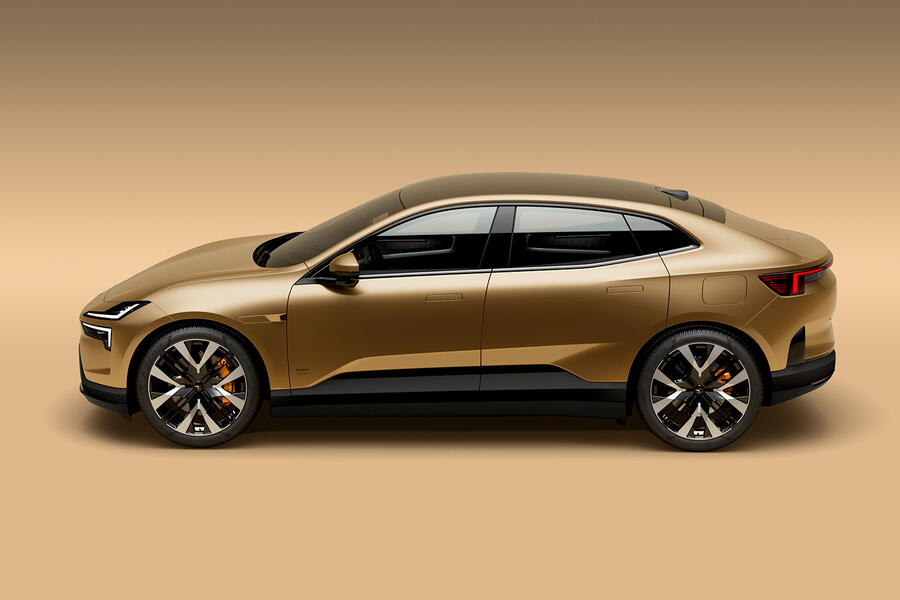
Both models come with the ability to charge at 200kW, meaning they can top up from 10-80% in half an hour.
Said to have the smallest carbon footprint of any Polestar model to date, the 4 was tested during Polestar's life cycle assessment (LCA) earlier this month and found to produce 19.4 tonnes of CO2 over its lifetime, including production.
The firm has been publishing LCAs for each of its cars since 2020.
The 4 will be offered with "eyes-off" autonomous driving technology touted to deliver "centimetre-level" precision and eventually allow for "eyes-off, point-to-point autonomous driving on highways, as well as eyes-on automated driving for other environments".

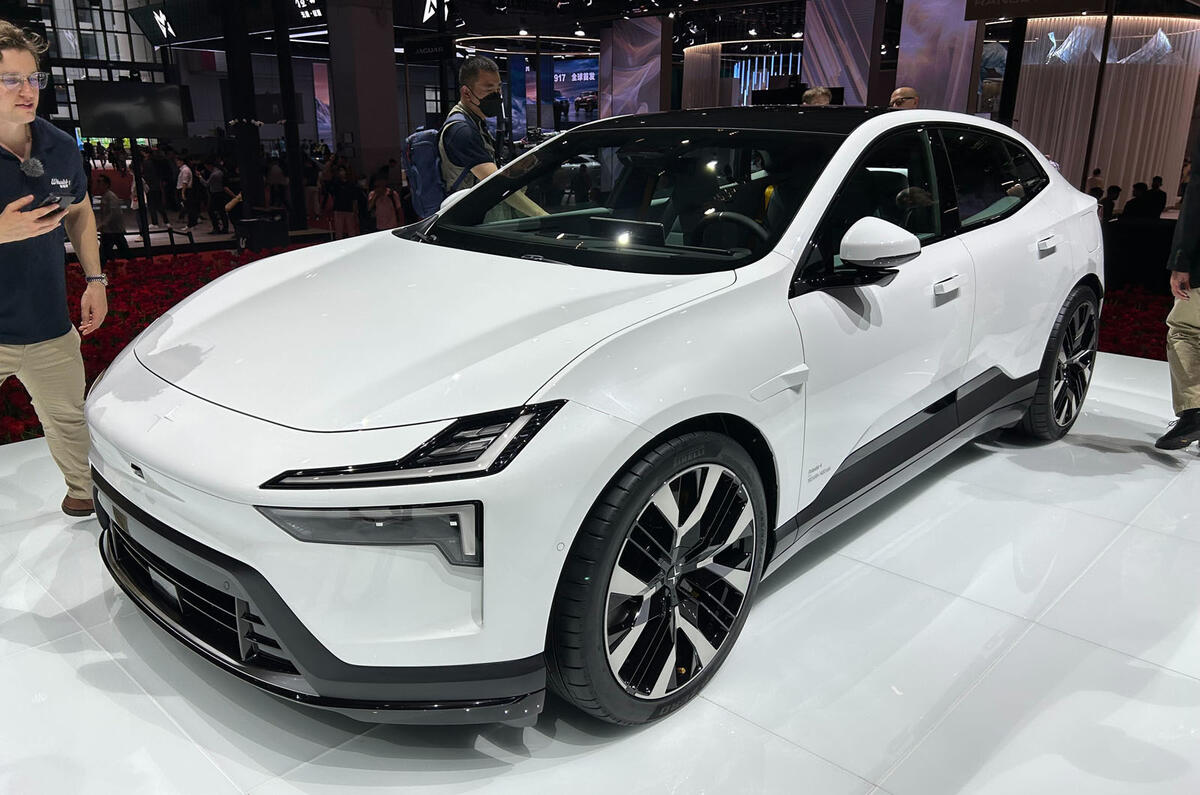
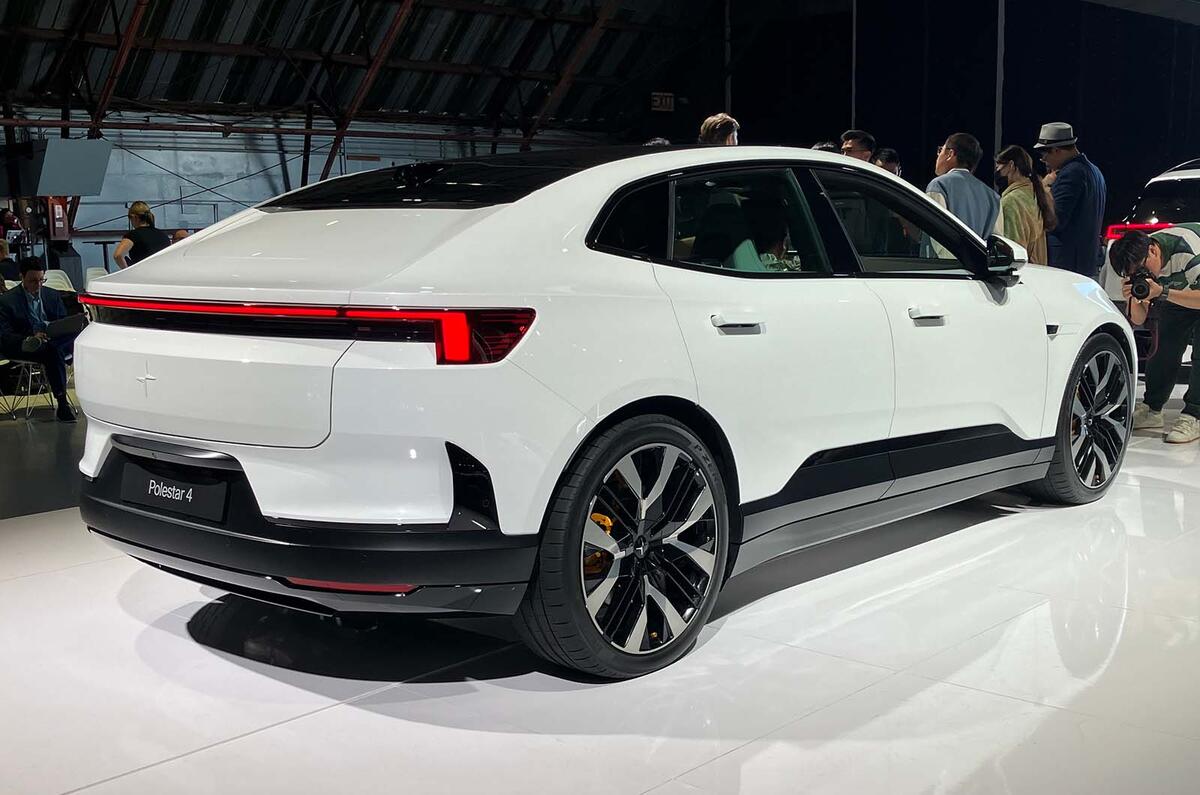
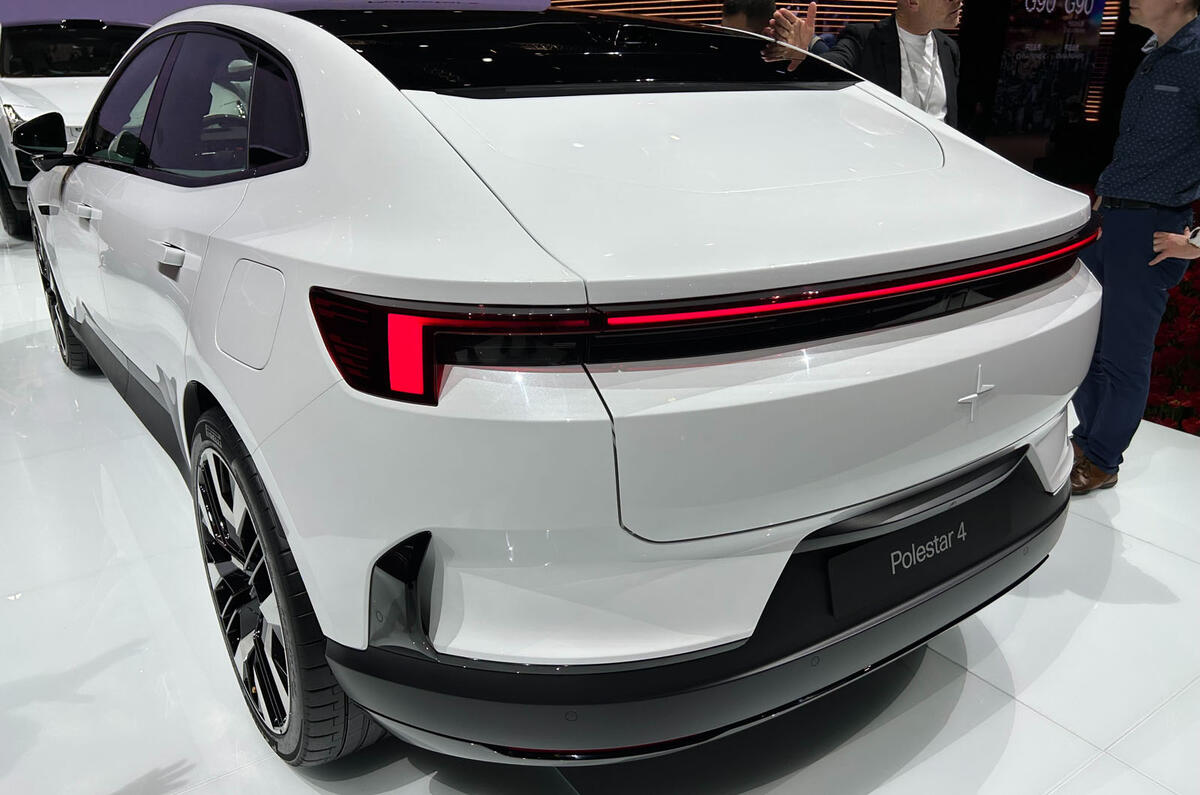
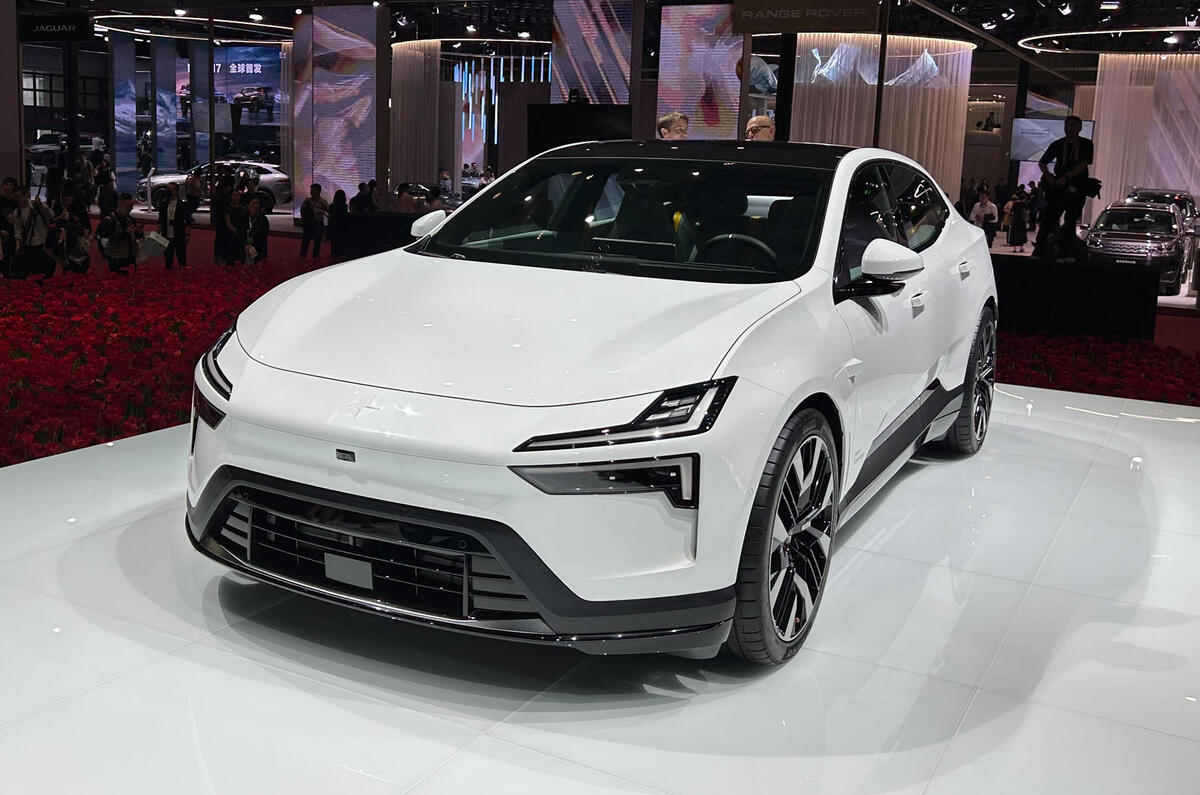
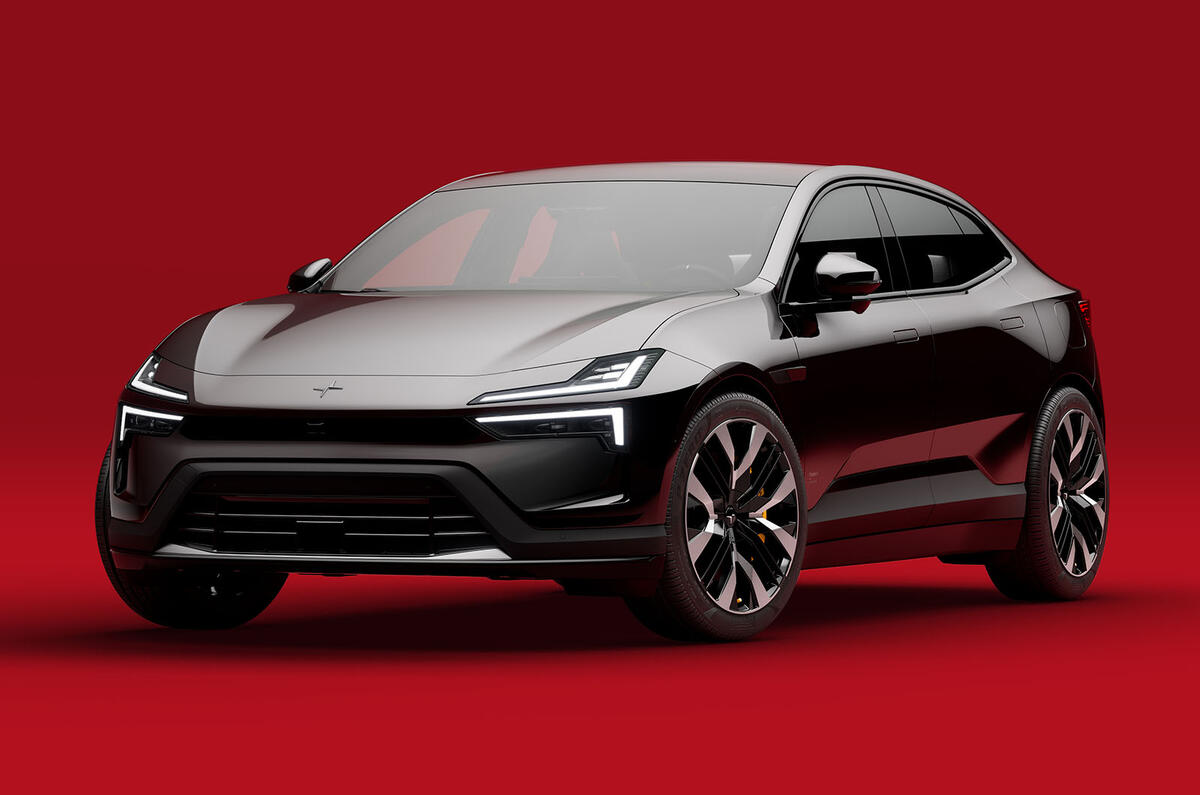

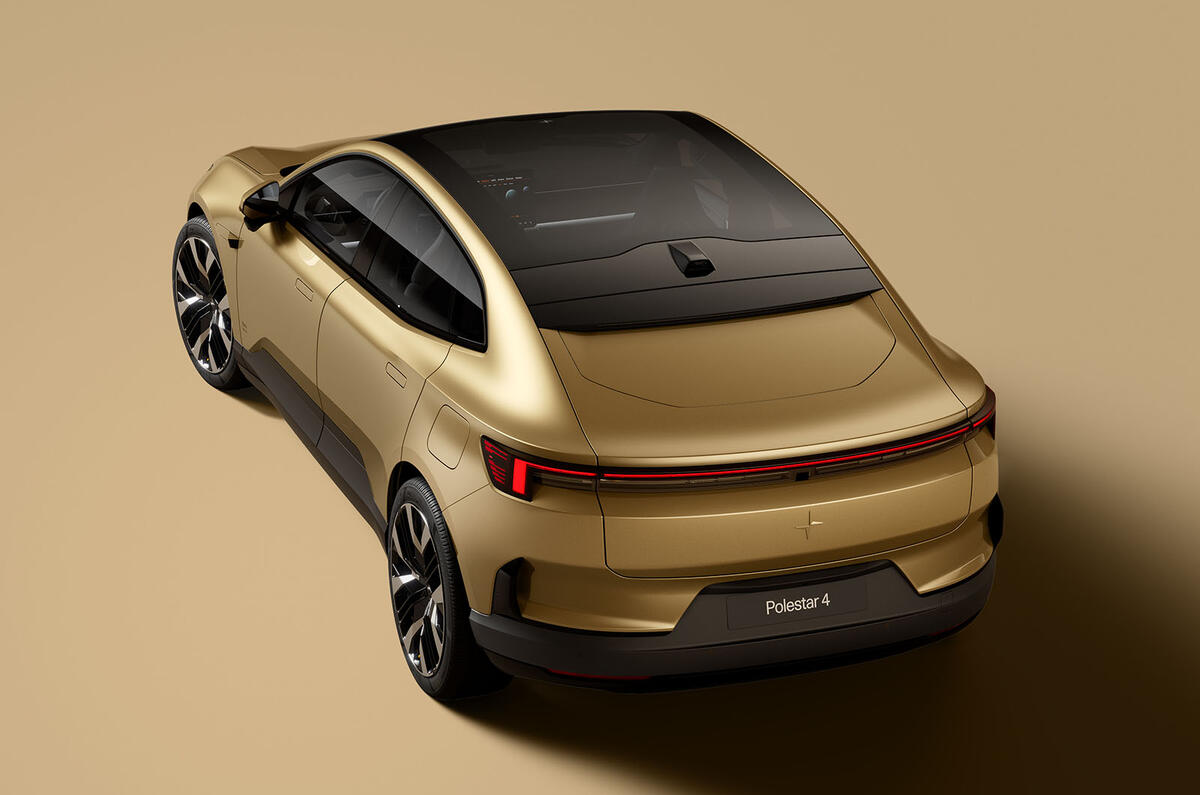
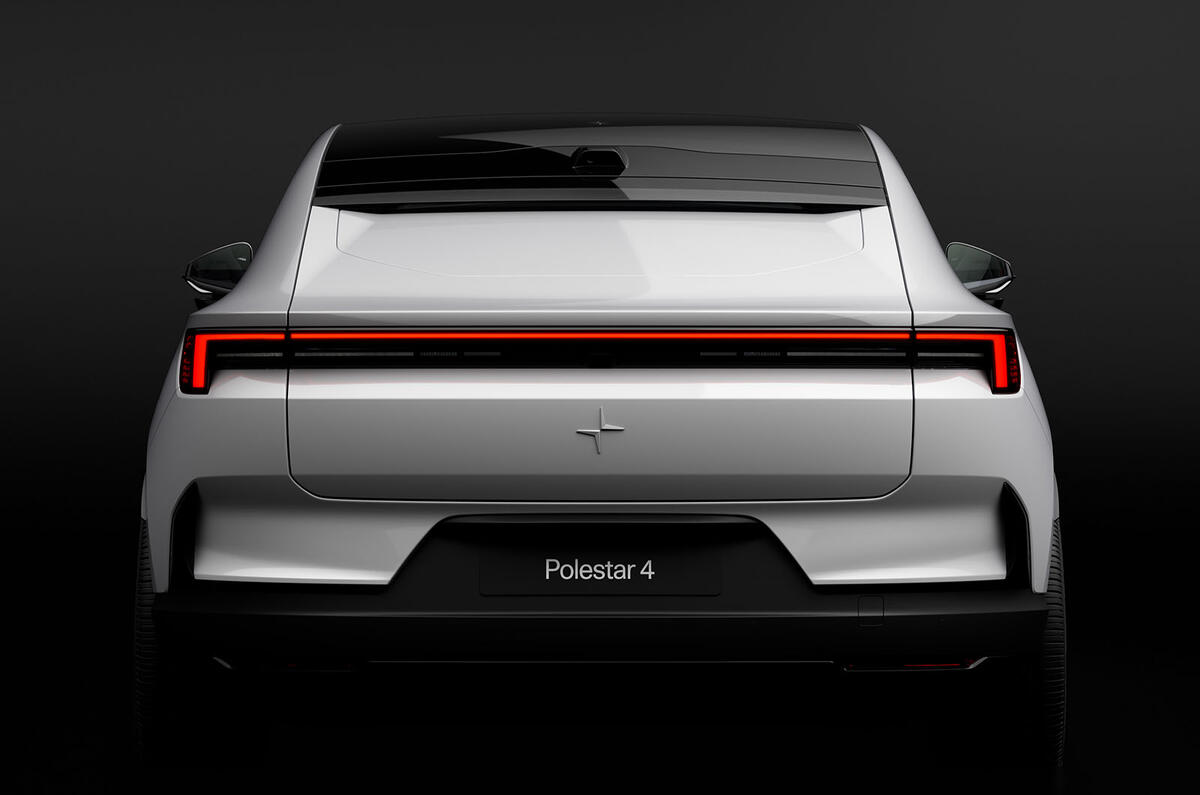
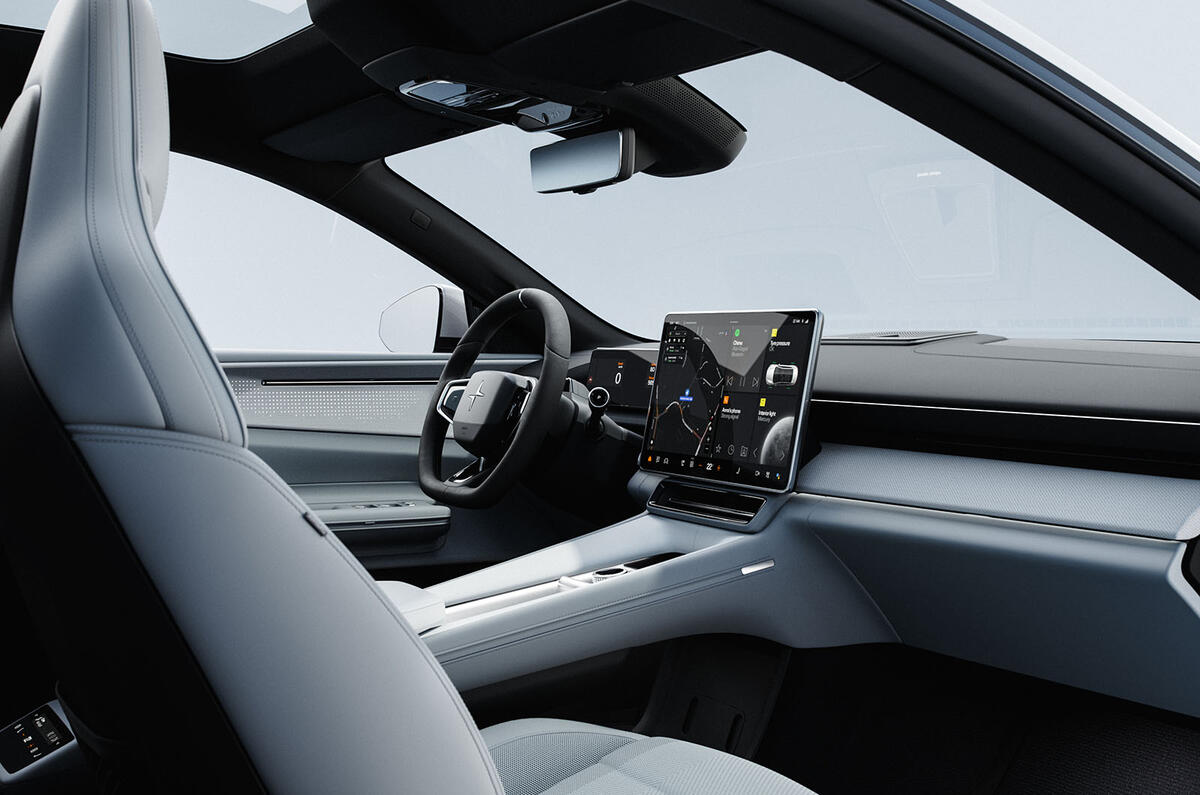
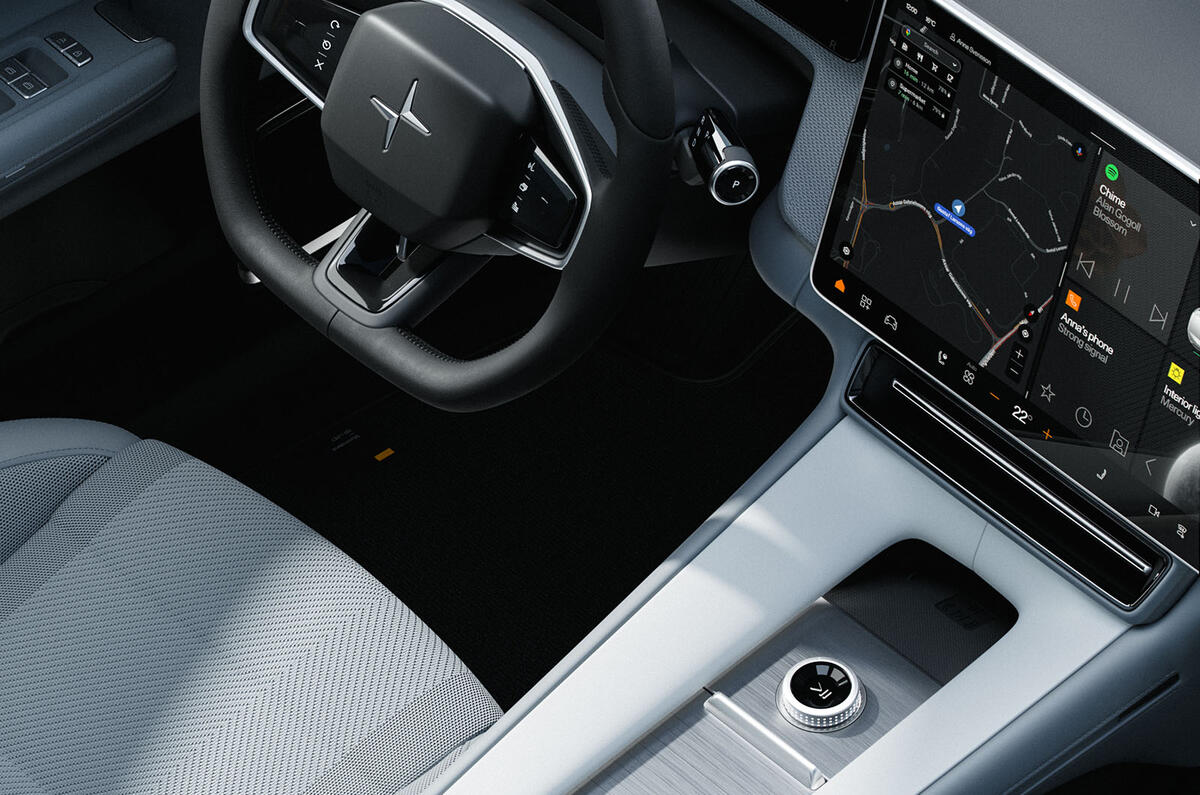
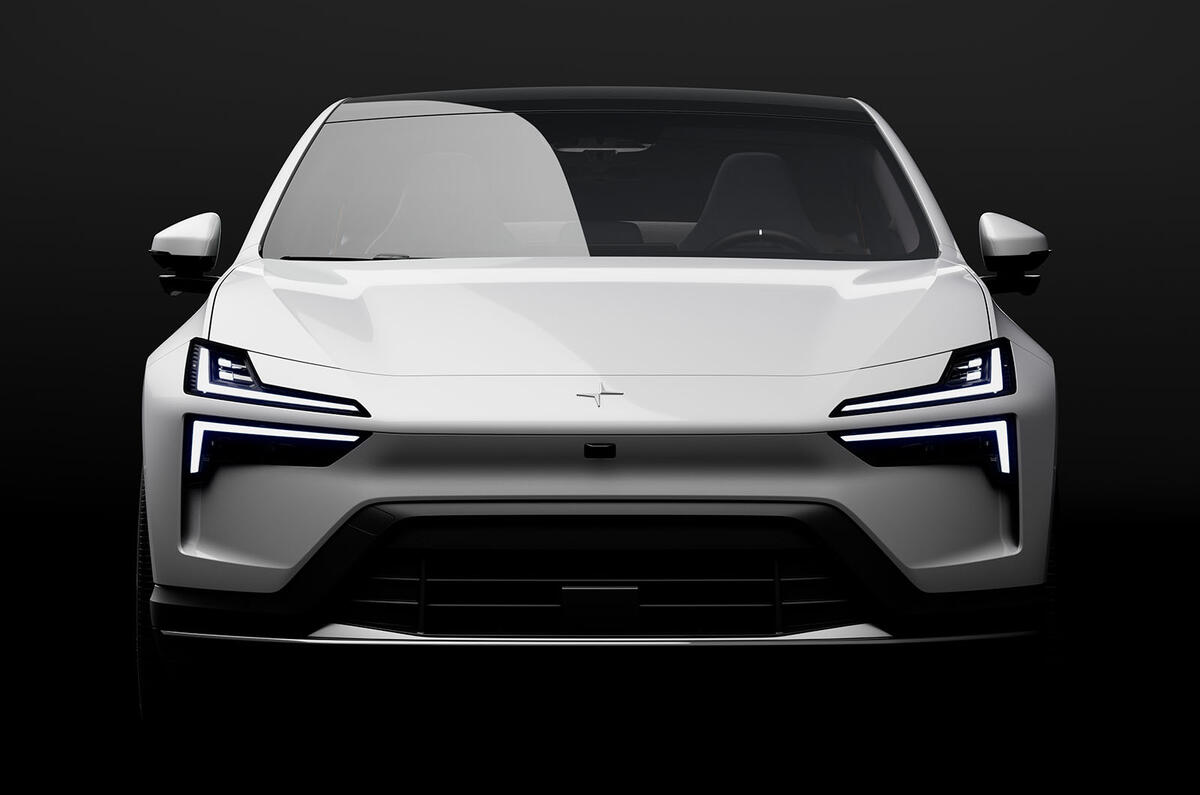

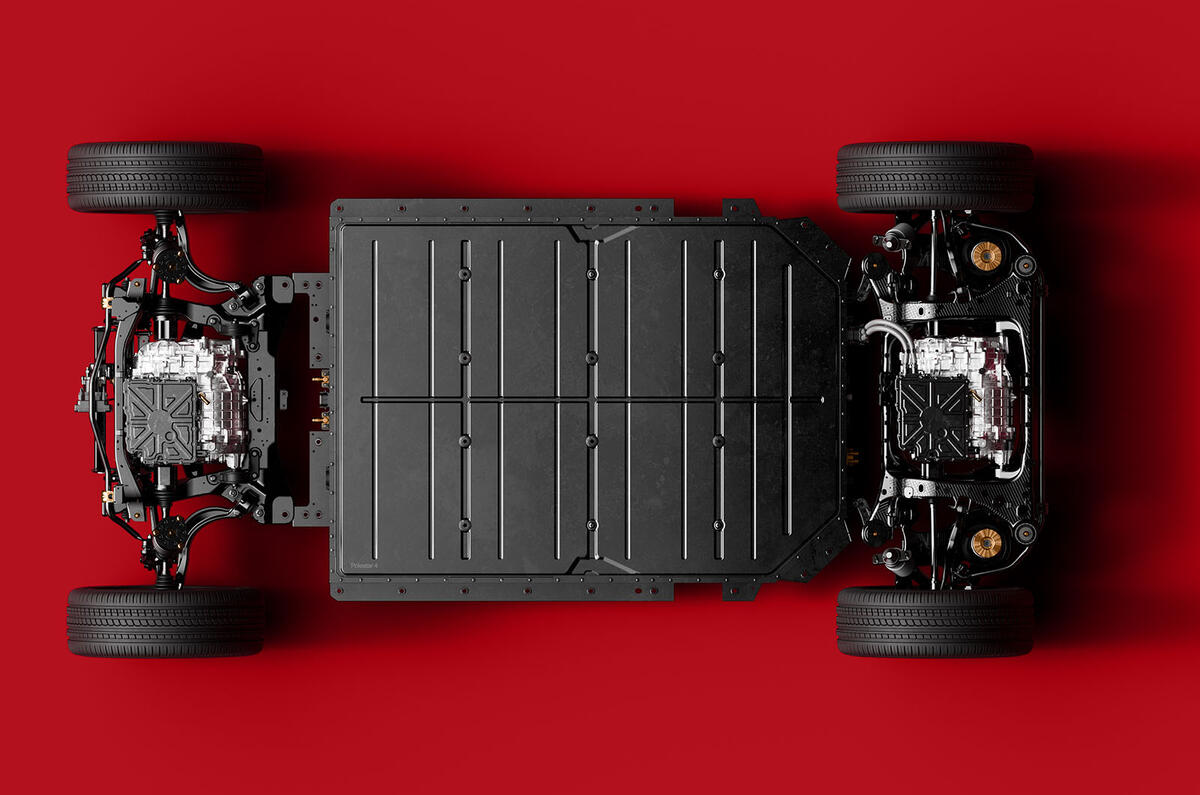
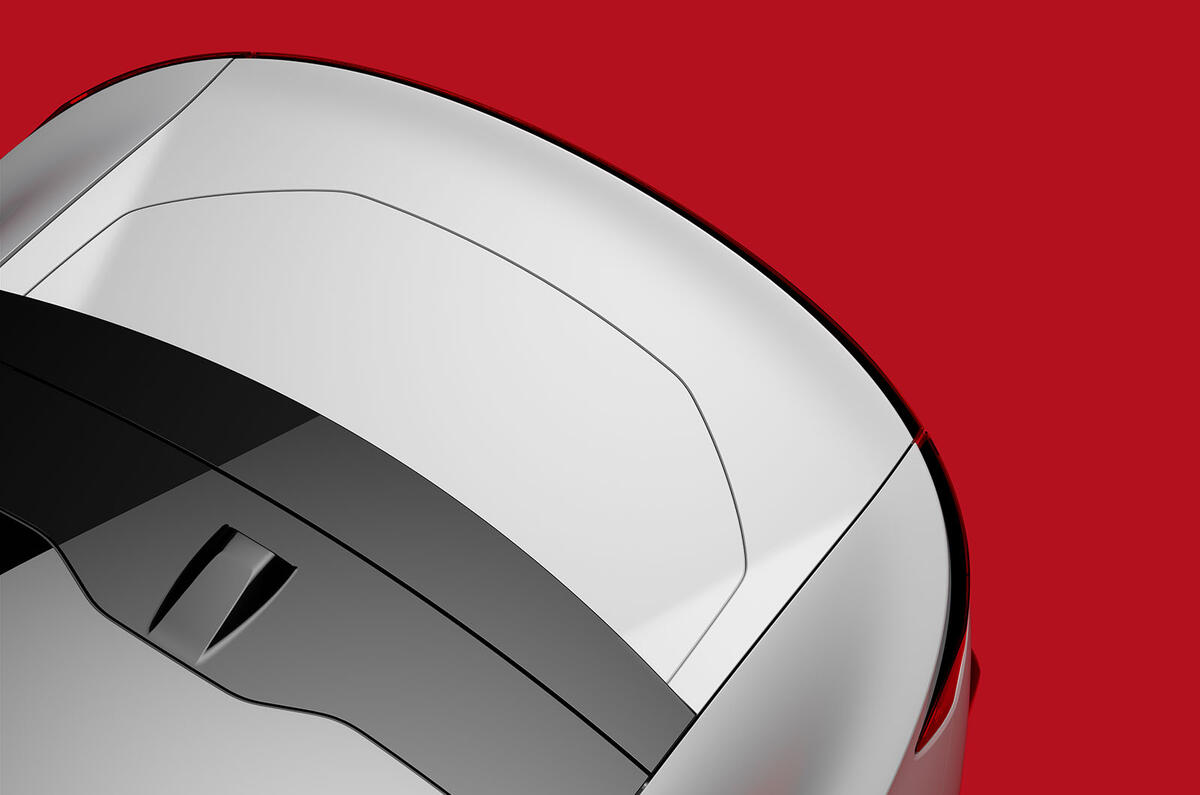
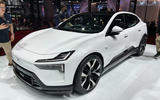
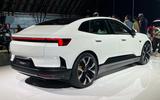
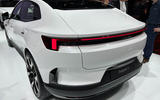
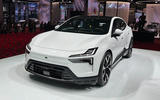
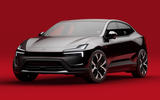
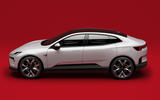
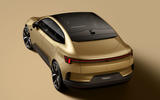
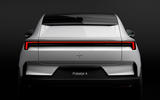
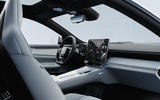
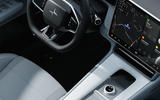


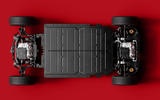


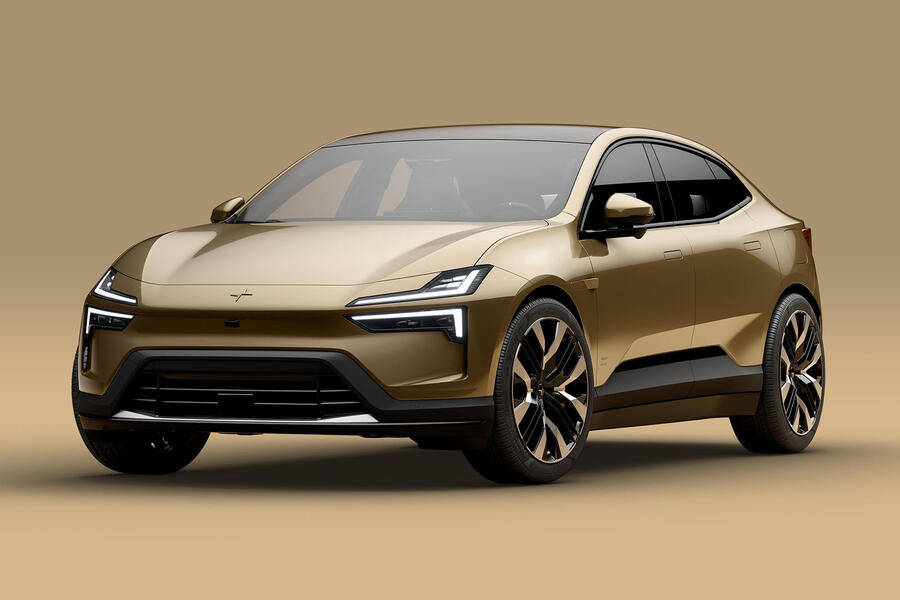
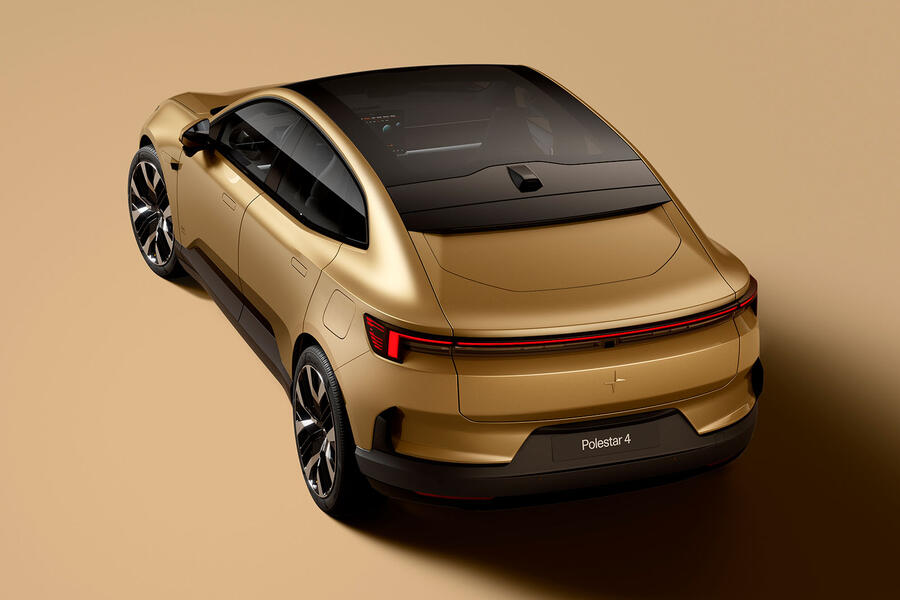
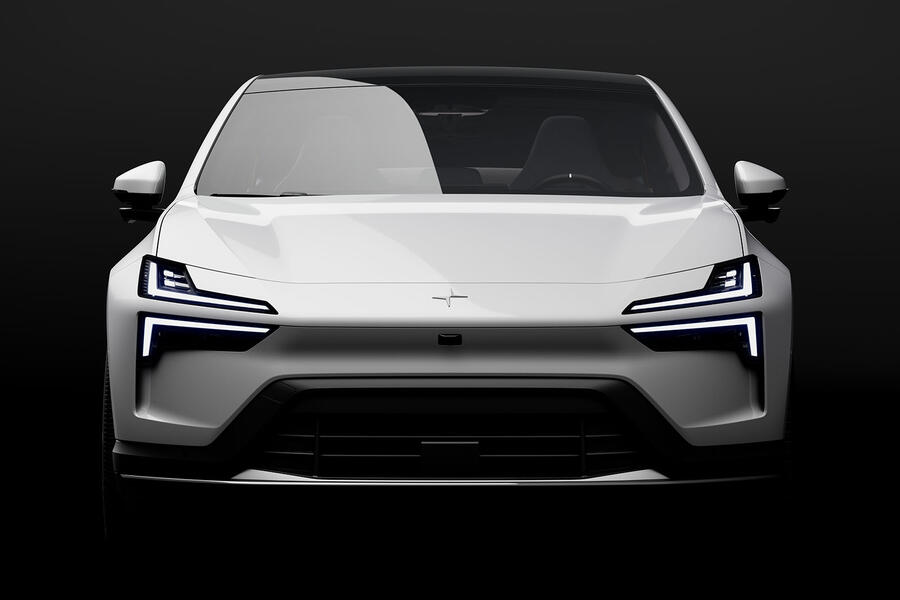
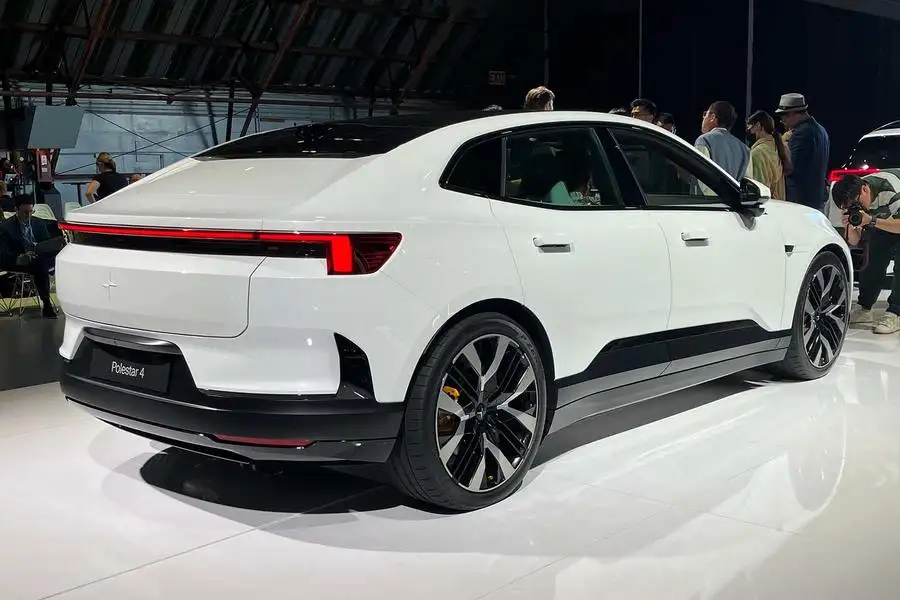




Join the debate
Add your comment
Brilliant now we can't see out of the back window,(that won't feel claustrophobic in the back seats), and the car is less slippery than a 1990s Vauxhall Calibra.
Not having a rear window is a stupid idea. Its already apparent that tiny glass areas, dark tinted windows just isolate drivers more and more from their surroundings, with resulting lack of awareness and consideration for anything outside that metal box.
Swedish firm, still toeing the line Autocar. Polestar is owned by Geely, Chinese, and does not make Any cars in Sweden.
Lol. It is public company headquartered in Sweden.
Much like JLR, a subsidiary of Tata Motors, Indian, is headquartered in England. Oh, And assembles cars in the EU and the UK.
It's irrelevant that it's doesn't assemble in Sweden. Apple doesn't make anything in the US yet it is an American public company.
Also the obsession with "making" cars in one place or another is a reminiscent of a long gone era. You must be quite old and can't get up to speed with how modern industry works. Cars are made all over the place and assembled in one final location.
Brexiteers - always entertaining.
Well said, as you put it, Brexiteers - always entertaining. I'd add "often deluded" onto the end!
Chinese made Tesla's are worth more 2nd hand than US made ones because they are better built and have less faults.
I'm interested in how Polestar fare, in the next year or two there's going to be big winners and big losers in the shift to EV and Polestar will be a fascinating watch.